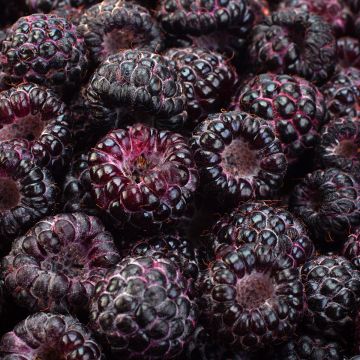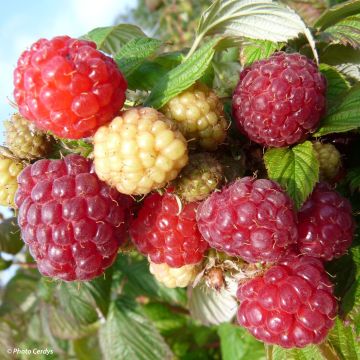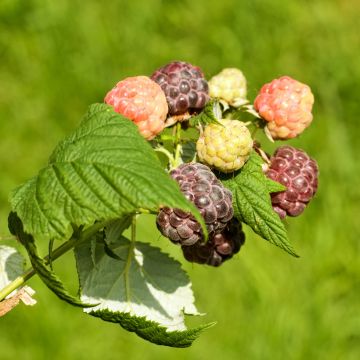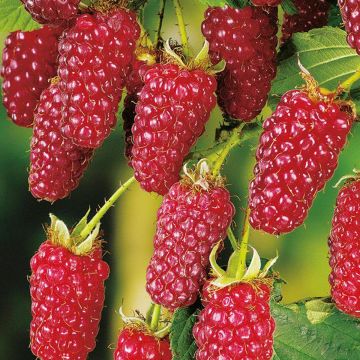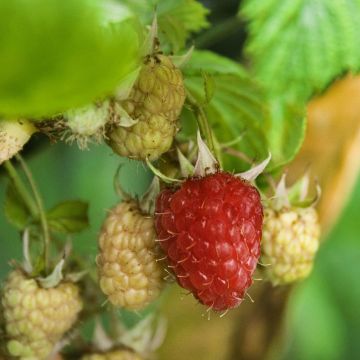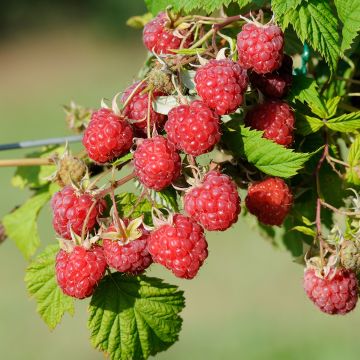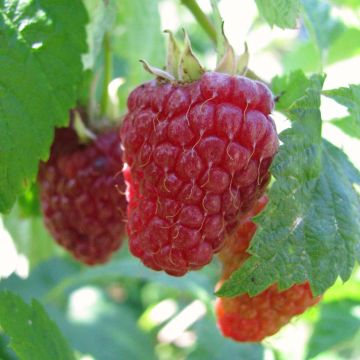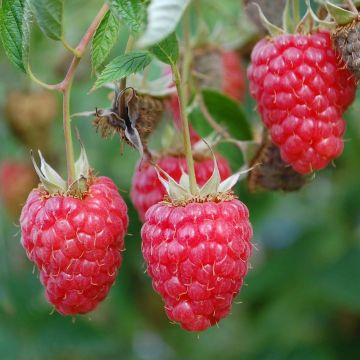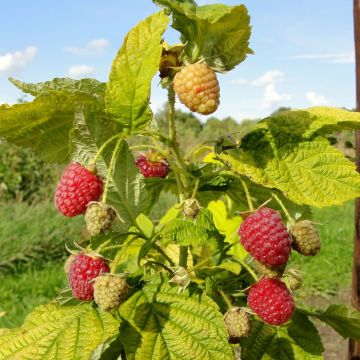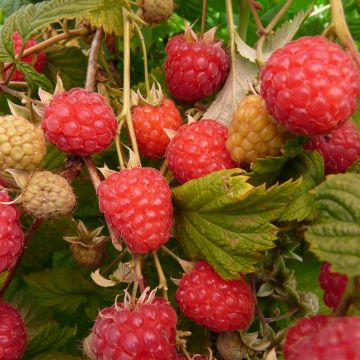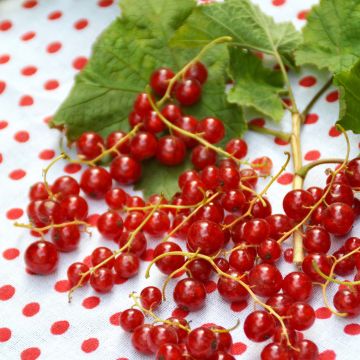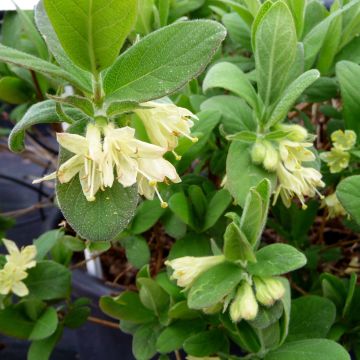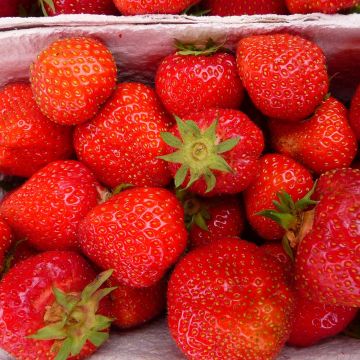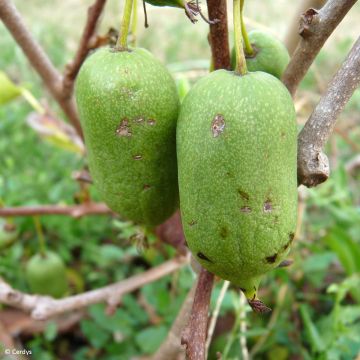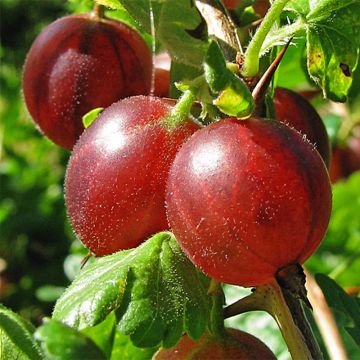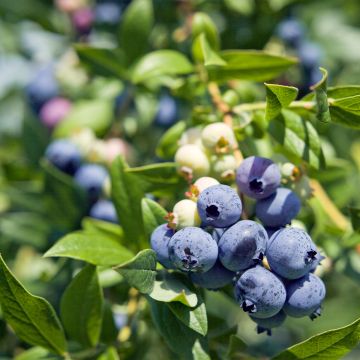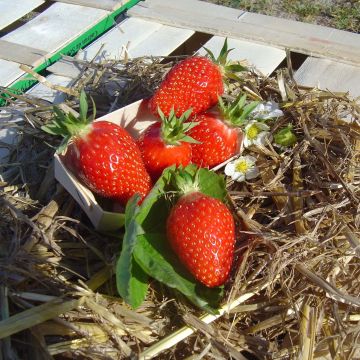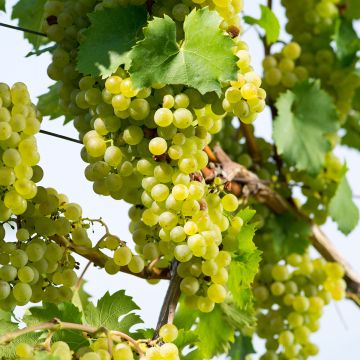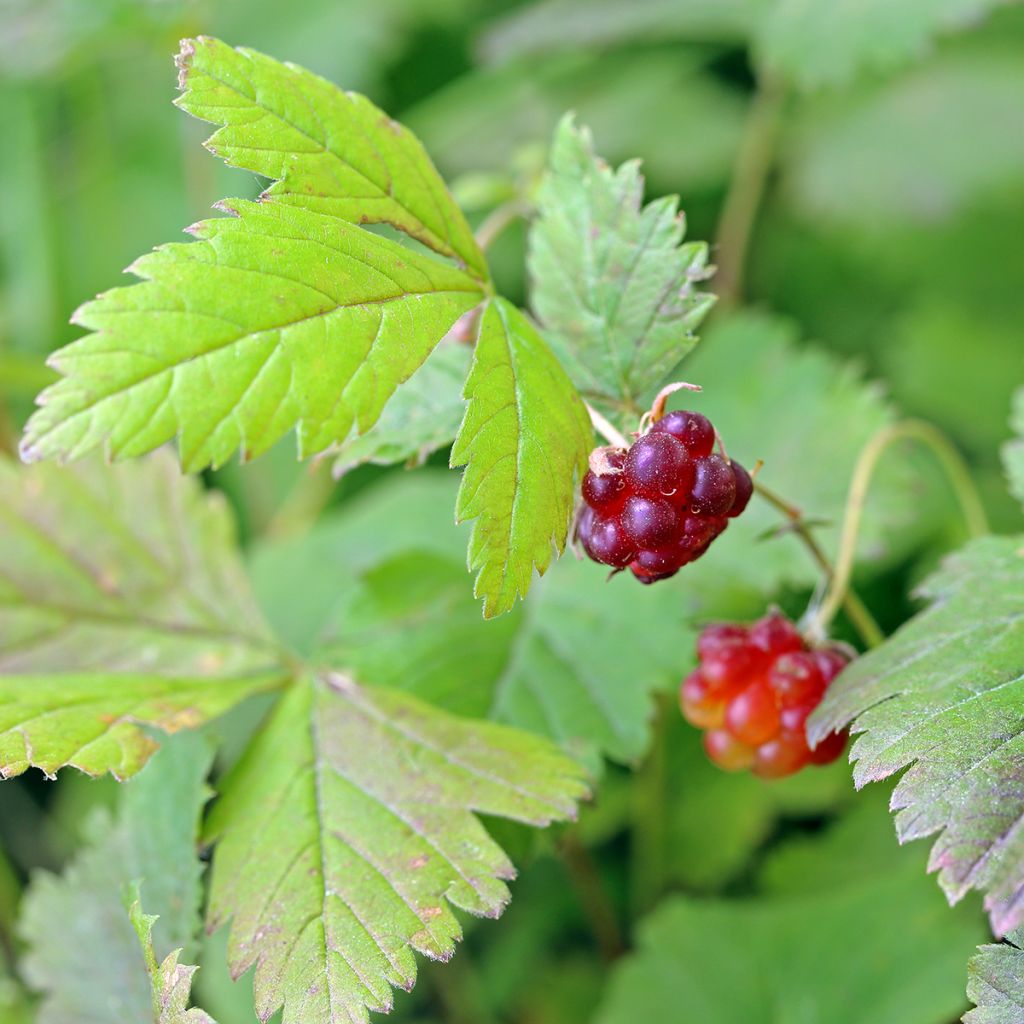

Rubus arcticus Beata
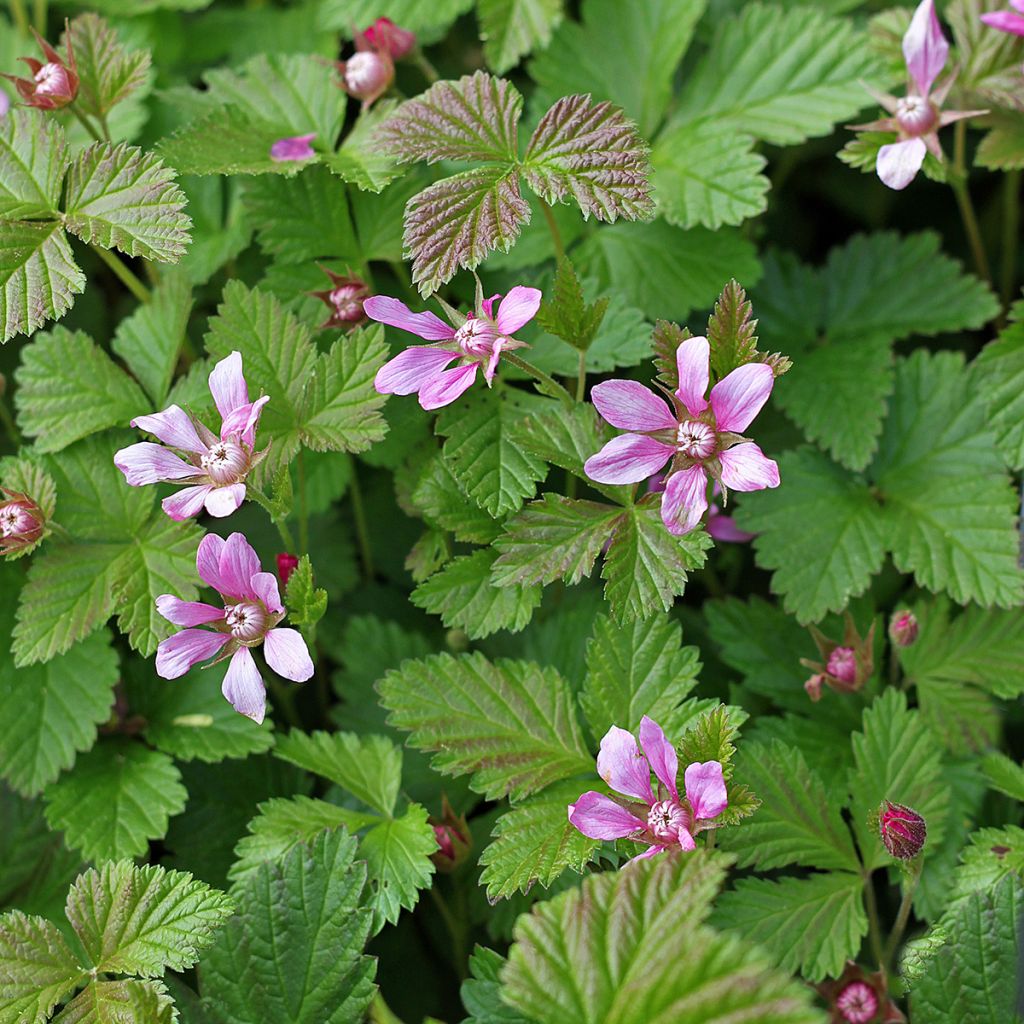

Rubus arcticus Beata
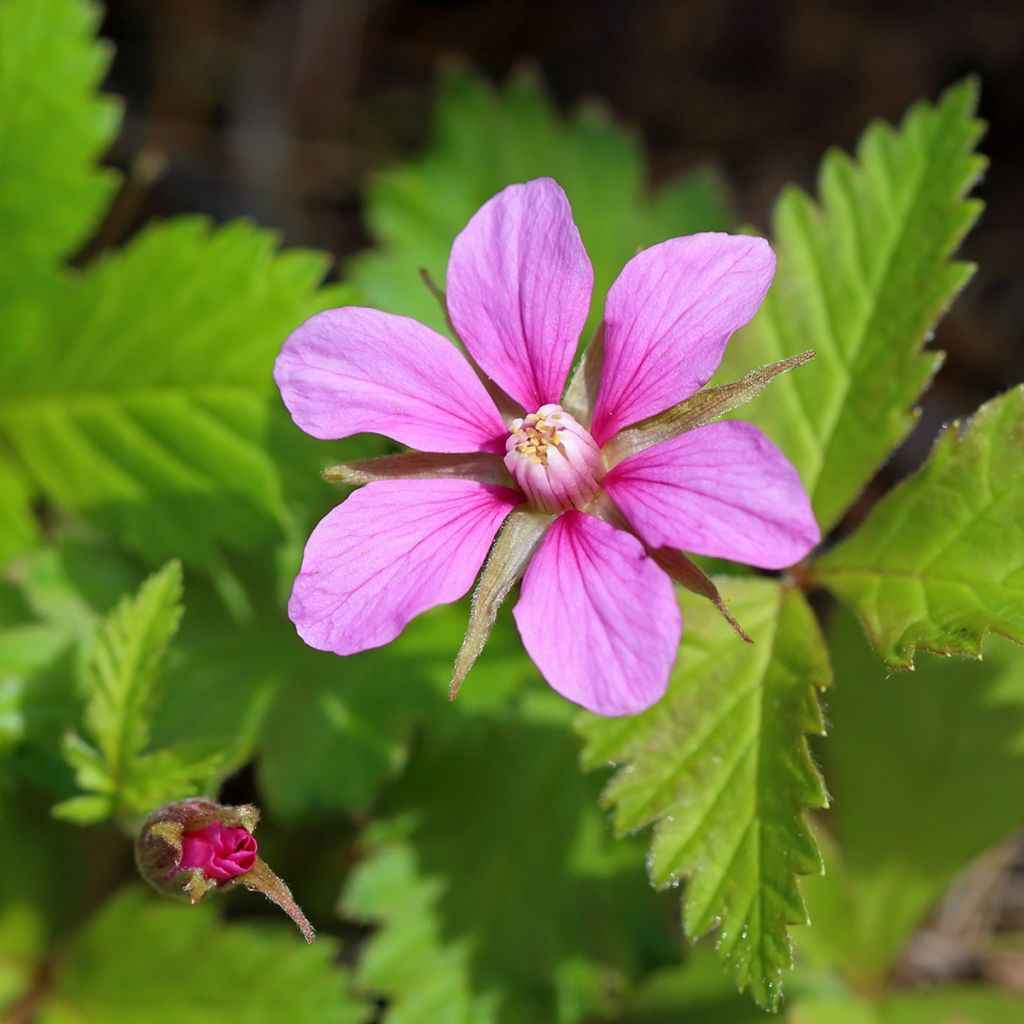

Rubus arcticus Beata
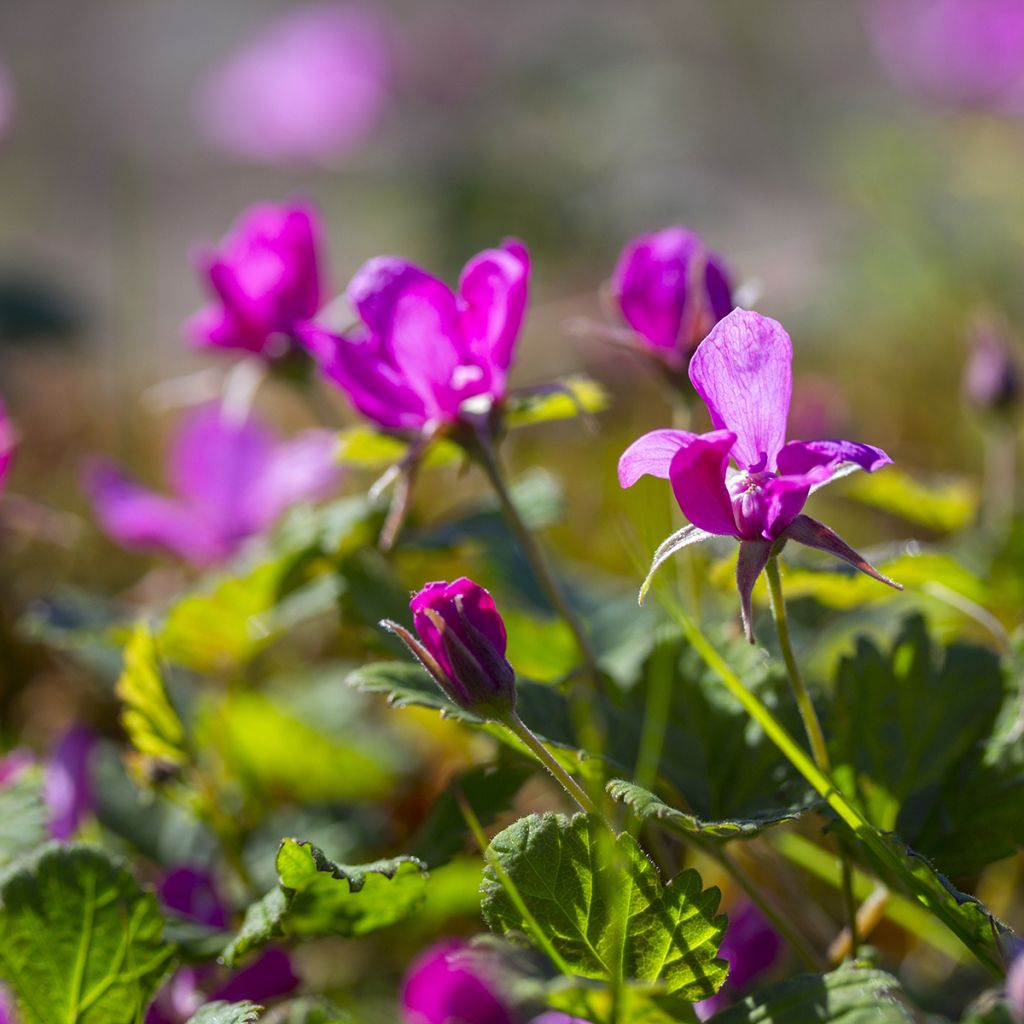

Rubus arcticus Beata
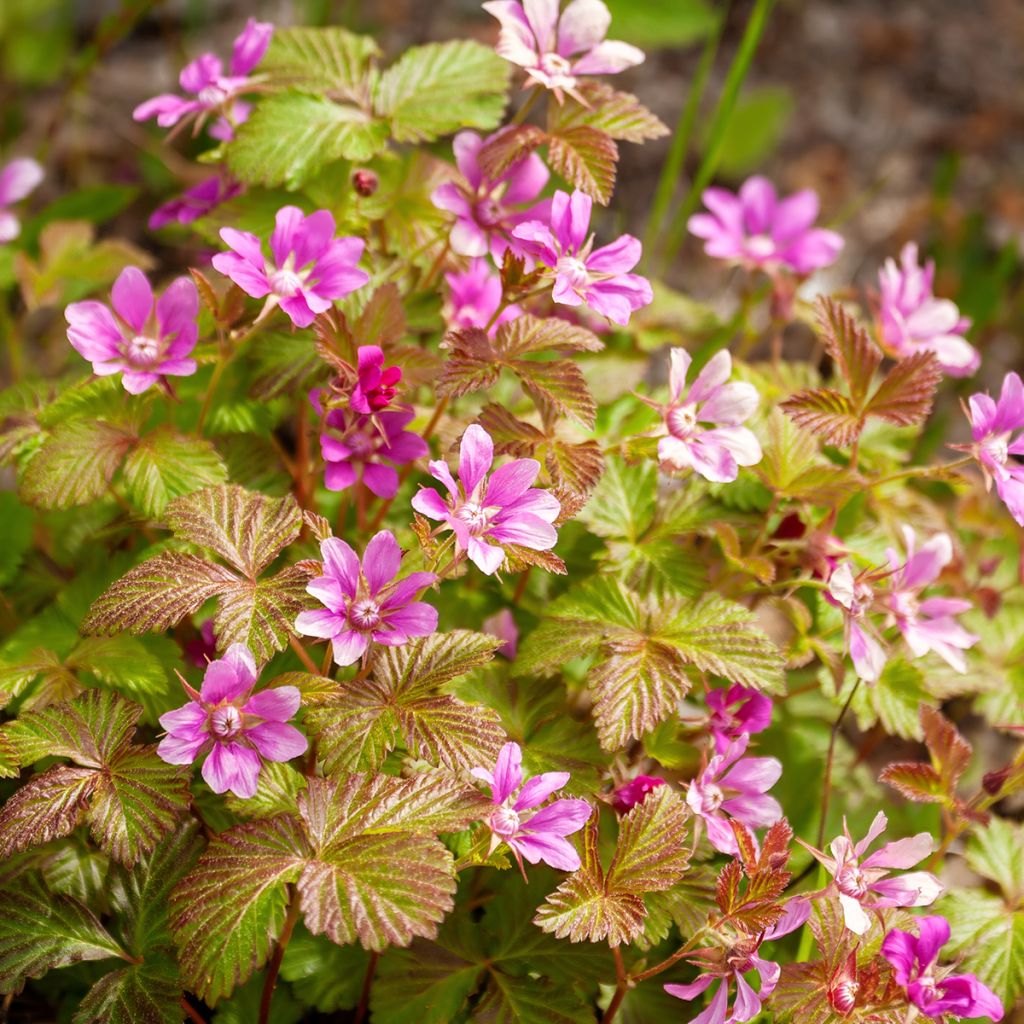

Rubus arcticus Beata
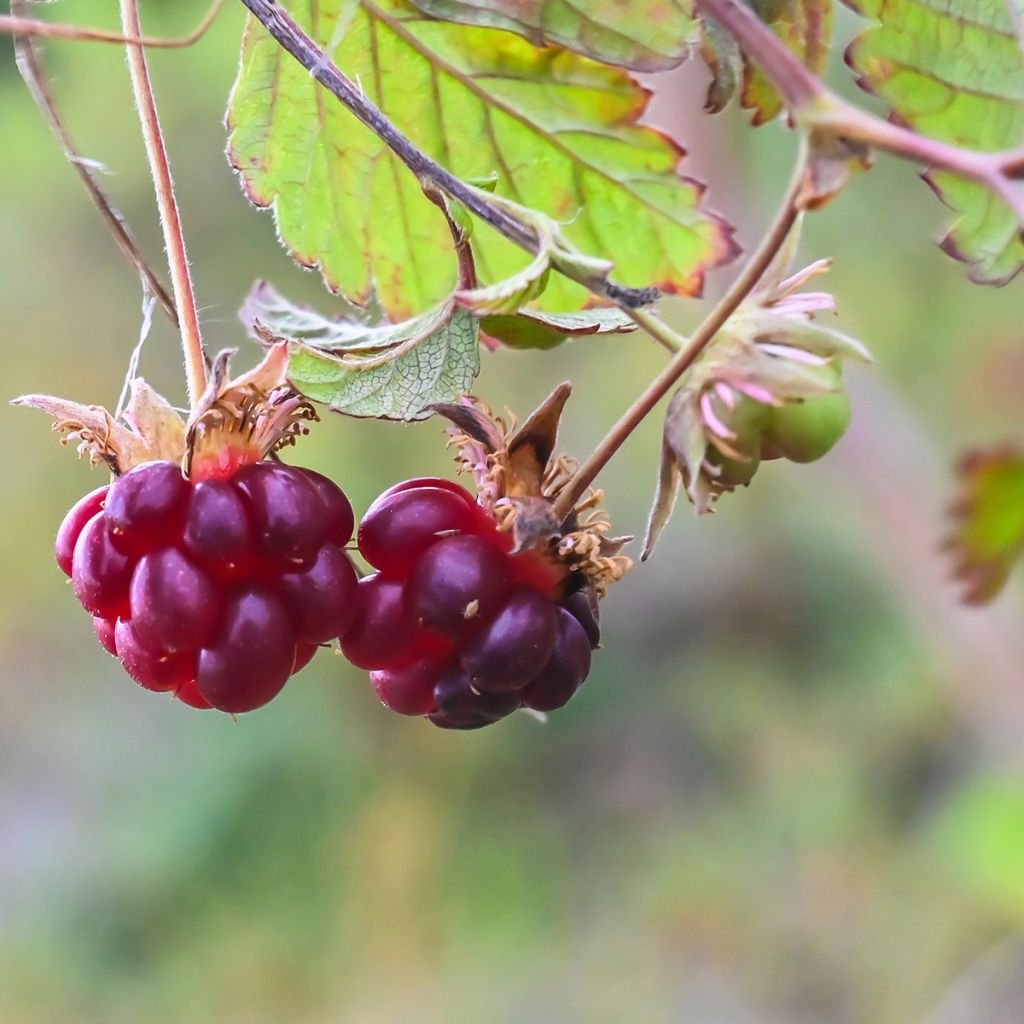

Rubus arcticus Beata
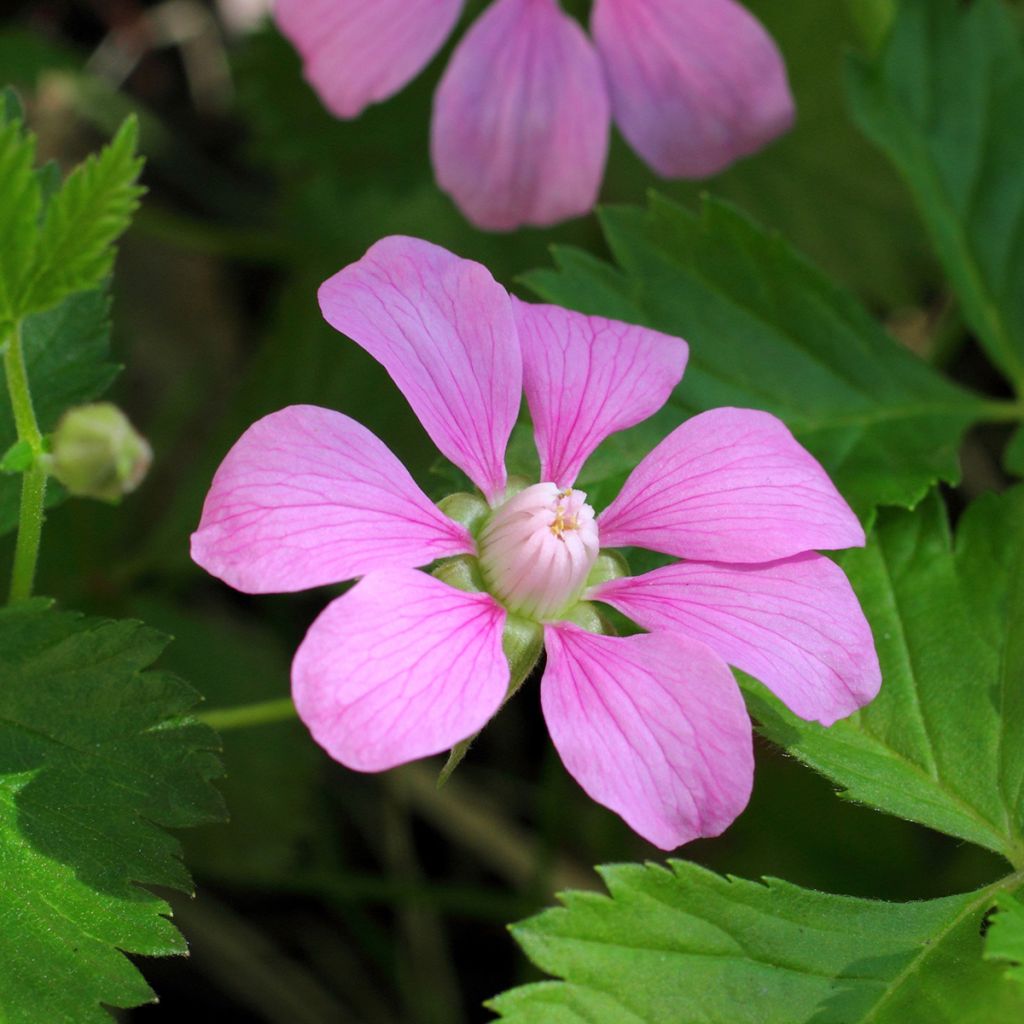

Rubus arcticus Beata
Rubus arcticus Beata
Rubus arcticus Beata
Arctic Bramble, Arctic Raspberry
This item cannot be shipped to the selected country
Delivery charge from €5.90
Delivery to Corse prohibited
More information
Schedule delivery date,
and select date in basket
This plant carries a 24 months recovery warranty
More information
We guarantee the quality of our plants for a full growing cycle, and will replace at our expense any plant that fails to recover under normal climatic and planting conditions.
From €5.90 for pickup delivery and €6.90 for home delivery
Express home delivery from €8.90.
Delivery to Corse prohibited: UE law prohibits the import of this plant from mainland France to Corse as part of the fight against Xylella fastidiosa. Please accept our sincere apologies.
More information
Does this plant fit my garden?
Set up your Plantfit profile →
Description
The Rubus arcticus 'Beata' is appreciated for its spreading habit, edible red fruits harvested in early summer, and pink spring flowering attracting bees. This arctic raspberry combines decoration and deliciousness in the garden. It is an excellent ground cover. Its small size also allows it to be grown in a pot on a balcony or terrace. It is an easy-to-grow, very cold-resistant plant that will thrive in fresh and well-drained (non-limestone) soil.
From the Rosaceae family, like its cousins, raspberries (Rubus idaeus), Rubus arcticus grows wild in Scandinavia, Russia, North America and Canada. The 'Beata' variety is both decorative and delicious. It forms a dwarf creeping bush not exceeding 30 cm (12in) in height with a spread ranging from 30 cm (12in) to 1 m (3ft). Its compound leaves with three toothed leaflets are dark green, tinged with brown. They measure between 2 and 3 cm (1in) wide. They turn orange-yellow in autumn. In May-June, honey-scented pink flowers appear. 2 cm (1in) in diameter, they have 5 cup-shaped petals, typical of Rosaceae flowers. They are followed by fruits that are said to be particularly tasty. They are small raspberries, 10-12 mm (1in) long, bright red. They are very juicy, firm, sweet and slightly acidic. The harvest begins in June until July. For better production, it is advisable to plant another variety of arctic bramble nearby to allow for cross-pollination.
If the birds allow you to, arctic raspberries 'Beata' can be eaten fresh, just picked like raspberries, in fruit salads, jelly, jam, compote, juice, wine or even liqueur. The dried leaves can be used to flavour your infusions.
In the garden, Rubus arcticus 'Beata' can be used as a vegetal carpet, in a rock garden, a flower bed, on a slope or at the edge of a woodland. It will create a sensation at the base of a paper birch (Betula papyrifera) with white bark or a 'Fuego' poplar (Populus deltoides 'Fuego') with purple foliage.
Report an error about the product description
Plant habit
Flowering
Foliage
Botanical data
Rubus
arcticus
Beata
Rosaceae
Arctic Bramble, Arctic Raspberry
Rubus arcticus subsp. stellarcticus 'Beata'
Northern Europe
Other Raspberry plants
Planting and care
Rubus arcticus 'Beata' enjoys the sun except where it gets very hot, where it would be preferable to place it in partial shade. It is not afraid of the cold but does not tolerate summer drought. Water it, especially during prolonged dry periods. It will appreciate a rich, moist and well-drained (not too water-retentive) soil, slightly acidic. It shows good overall disease resistance. The only points of vigilance are foliar spots and botrytis. In late winter, you can cut back frozen stems and stems that have already fruited to ground level.
Planting period
Intended location
Care
This item has not been reviewed yet - be the first to leave a review about it.
Berries
Haven't found what you were looking for?
Hardiness is the lowest winter temperature a plant can endure without suffering serious damage or even dying. However, hardiness is affected by location (a sheltered area, such as a patio), protection (winter cover) and soil type (hardiness is improved by well-drained soil).

Photo Sharing Terms & Conditions
In order to encourage gardeners to interact and share their experiences, Promesse de fleurs offers various media enabling content to be uploaded onto its Site - in particular via the ‘Photo sharing’ module.
The User agrees to refrain from:
- Posting any content that is illegal, prejudicial, insulting, racist, inciteful to hatred, revisionist, contrary to public decency, that infringes on privacy or on the privacy rights of third parties, in particular the publicity rights of persons and goods, intellectual property rights, or the right to privacy.
- Submitting content on behalf of a third party;
- Impersonate the identity of a third party and/or publish any personal information about a third party;
In general, the User undertakes to refrain from any unethical behaviour.
All Content (in particular text, comments, files, images, photos, videos, creative works, etc.), which may be subject to property or intellectual property rights, image or other private rights, shall remain the property of the User, subject to the limited rights granted by the terms of the licence granted by Promesse de fleurs as stated below. Users are at liberty to publish or not to publish such Content on the Site, notably via the ‘Photo Sharing’ facility, and accept that this Content shall be made public and freely accessible, notably on the Internet.
Users further acknowledge, undertake to have ,and guarantee that they hold all necessary rights and permissions to publish such material on the Site, in particular with regard to the legislation in force pertaining to any privacy, property, intellectual property, image, or contractual rights, or rights of any other nature. By publishing such Content on the Site, Users acknowledge accepting full liability as publishers of the Content within the meaning of the law, and grant Promesse de fleurs, free of charge, an inclusive, worldwide licence for the said Content for the entire duration of its publication, including all reproduction, representation, up/downloading, displaying, performing, transmission, and storage rights.
Users also grant permission for their name to be linked to the Content and accept that this link may not always be made available.
By engaging in posting material, Users consent to their Content becoming automatically accessible on the Internet, in particular on other sites and/or blogs and/or web pages of the Promesse de fleurs site, including in particular social pages and the Promesse de fleurs catalogue.
Users may secure the removal of entrusted content free of charge by issuing a simple request via our contact form.
The flowering period indicated on our website applies to countries and regions located in USDA zone 8 (France, the United Kingdom, Ireland, the Netherlands, etc.)
It will vary according to where you live:
- In zones 9 to 10 (Italy, Spain, Greece, etc.), flowering will occur about 2 to 4 weeks earlier.
- In zones 6 to 7 (Germany, Poland, Slovenia, and lower mountainous regions), flowering will be delayed by 2 to 3 weeks.
- In zone 5 (Central Europe, Scandinavia), blooming will be delayed by 3 to 5 weeks.
In temperate climates, pruning of spring-flowering shrubs (forsythia, spireas, etc.) should be done just after flowering.
Pruning of summer-flowering shrubs (Indian Lilac, Perovskia, etc.) can be done in winter or spring.
In cold regions as well as with frost-sensitive plants, avoid pruning too early when severe frosts may still occur.
The planting period indicated on our website applies to countries and regions located in USDA zone 8 (France, United Kingdom, Ireland, Netherlands).
It will vary according to where you live:
- In Mediterranean zones (Marseille, Madrid, Milan, etc.), autumn and winter are the best planting periods.
- In continental zones (Strasbourg, Munich, Vienna, etc.), delay planting by 2 to 3 weeks in spring and bring it forward by 2 to 4 weeks in autumn.
- In mountainous regions (the Alps, Pyrenees, Carpathians, etc.), it is best to plant in late spring (May-June) or late summer (August-September).
The harvesting period indicated on our website applies to countries and regions in USDA zone 8 (France, England, Ireland, the Netherlands).
In colder areas (Scandinavia, Poland, Austria...) fruit and vegetable harvests are likely to be delayed by 3-4 weeks.
In warmer areas (Italy, Spain, Greece, etc.), harvesting will probably take place earlier, depending on weather conditions.
The sowing periods indicated on our website apply to countries and regions within USDA Zone 8 (France, UK, Ireland, Netherlands).
In colder areas (Scandinavia, Poland, Austria...), delay any outdoor sowing by 3-4 weeks, or sow under glass.
In warmer climes (Italy, Spain, Greece, etc.), bring outdoor sowing forward by a few weeks.

































